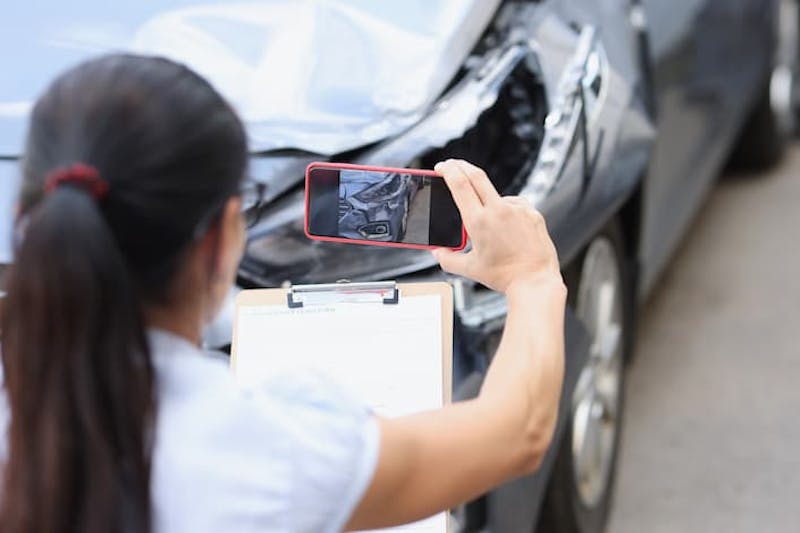Suffering from an injury in an accident is overwhelming, and the last thing you want to think about is organizing evidence. However, the evidence you gather will often have a substantial impact on the outcome of any personal injury claim. You will need to prove the extent of your damages and that another party’s negligence caused this damage. Knowing what evidence can be used for and against you can help you get the compensation you deserve.
Below are the most common types of evidence you can use in your personal injury claim to prove another person’s fault and your need for compensation.
Evidence at the Scene of the Accident
The most important thing to do at the scene of the accident is to ensure you are safe. Get any medical attention you need as soon as possible. The police should file a detailed report that is typically understand as an authoritative account of the accident.
If possible, you should also take photos at the scene of the accident. In the moment, you may not know what is and is not important in your case. The best thing you can do is gather and preserve as much evidence as possible. First, you should get as much information from the other party involved in the accident as possible, including their name, phone number, address, and pictures of their driver’s license and license plate. Secondly, taking pictures of the roadway where the collision occurred, vehicle damage, skid marks, and broken glass may be critical to telling the story of what happened and who was at fault.
Testimonies at the point of the accident can also be considered evidence. Be wary of what you say. Avoid directly apologizing for the accident in any way that would suggest you bear fault. Witness testimonies from people who saw the accident may also be used as key evidence in court, so it is important to get contact information from those eyewitnesses so that your lawyer can contact them in the future to obtain sworn statements and deposition testimony.
Evidence of Damages After the Accident
After the accident, preserve evidence of losses to your finances or quality of life. Keep records of medical bills, such as ambulance and emergency room payments or any subsequent medical treatment. Other evidence of damages you could present in court include receipts from vehicle repairs and documentation showing lost wages from any time taken off work.
Before a trial, both sides will also be required to make a deposition. These are statements made under oath about the circumstances of the claim and are a form of evidence that can be used in a trial.
Contact an Attorney to Discuss the Types of Evidence Available in Your Case
The best thing you can do to ensure you have organized what you will need as evidence is to consult with an experienced personal injury attorney. At McCraw Law Group, our well-practiced attorneys can guide you through the process of collecting the evidence you will need to get the compensation you deserve. Contact us today for a free consultation.


